Cover Letter Template Sample for Effective Job Applications
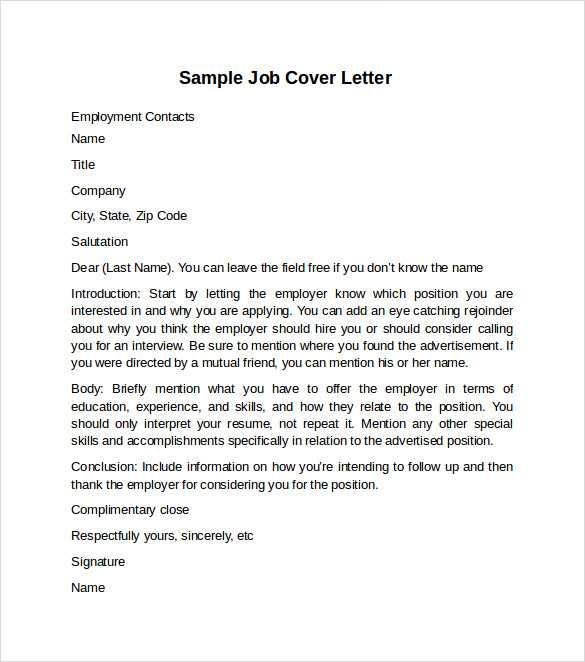
When applying for a position, making a strong first impression is crucial. A well-written document accompanying your resume can significantly enhance your chances of standing out. It serves as a personal introduction and offers a chance to showcase your enthusiasm and qualifications in a way that a resume alone cannot.
Customizing your approach to each opportunity is essential for success. Understanding what makes a specific role unique and tailoring your submission to highlight relevant skills and experiences is key. By addressing the employer’s needs directly, you can demonstrate that you’re not just sending a generic application.
With the right structure and attention to detail, your submission can become a powerful tool to catch the hiring manager’s attention and increase your chances of securing an interview.
Why a Cover Letter Matters
Submitting an application without a well-crafted introductory document often means missing out on the opportunity to make a lasting impression. This part of the job application process gives you a platform to communicate your passion, interest, and alignment with the company’s mission. It allows you to provide context that a resume cannot, offering insights into your motivation and enthusiasm for the position.
Highlighting Your Qualifications
Through this personal submission, you can directly align your skills with the specific requirements outlined in the job posting. Employers value candidates who take the time to address their unique needs, and a thoughtful introduction can make your qualifications stand out more clearly. It gives you the chance to connect your experiences to the role in a way that feels personal and direct.
Demonstrating Professionalism and Attention to Detail
A carefully constructed introduction reflects attention to detail, an essential trait for any professional. It shows you are willing to go the extra mile in communicating your qualifications and interest in the role. It can also highlight your understanding of the company’s culture, making you seem like a more engaged and dedicated candidate.
Key Elements of a Strong Letter
A powerful job application begins with a clear and concise presentation of your qualifications and enthusiasm. The content must be tailored to the specific role, providing insight into why you’re the ideal candidate. Focus on structuring your submission to engage the reader immediately and maintain their attention throughout.
Clear Introduction and Purpose
The opening should quickly capture the employer’s attention. Clearly state the role you are applying for and briefly introduce why you are a strong fit. Establishing the purpose early on gives the hiring manager an immediate sense of who you are and what you bring to the table.
Relevant Skills and Experience
Your experiences and abilities should be highlighted in a way that directly speaks to the job requirements. Focus on the qualities that align with the company’s needs, providing specific examples of how your background fits. This shows that you have carefully read the job description and understand the company’s goals.
How to Customize Your Template
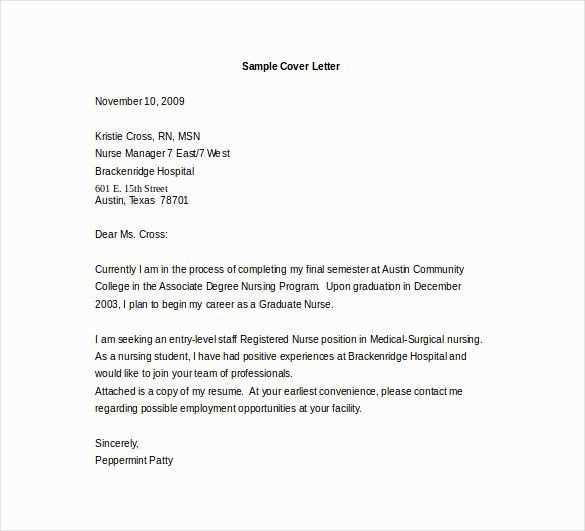
Tailoring your submission to match the specific job you’re applying for can significantly increase your chances of success. By adjusting your content to reflect the unique needs of each employer, you demonstrate both your interest in the position and your attention to detail. A personalized approach sets you apart from candidates who submit generic applications.
Research the Company and Role
Before you begin writing, take time to learn about the company and the role. Highlight the skills and experiences that align with their values and mission. Showing that you understand the company’s goals and challenges helps you present yourself as a proactive and well-informed candidate.
Focus on Relevant Skills and Achievements
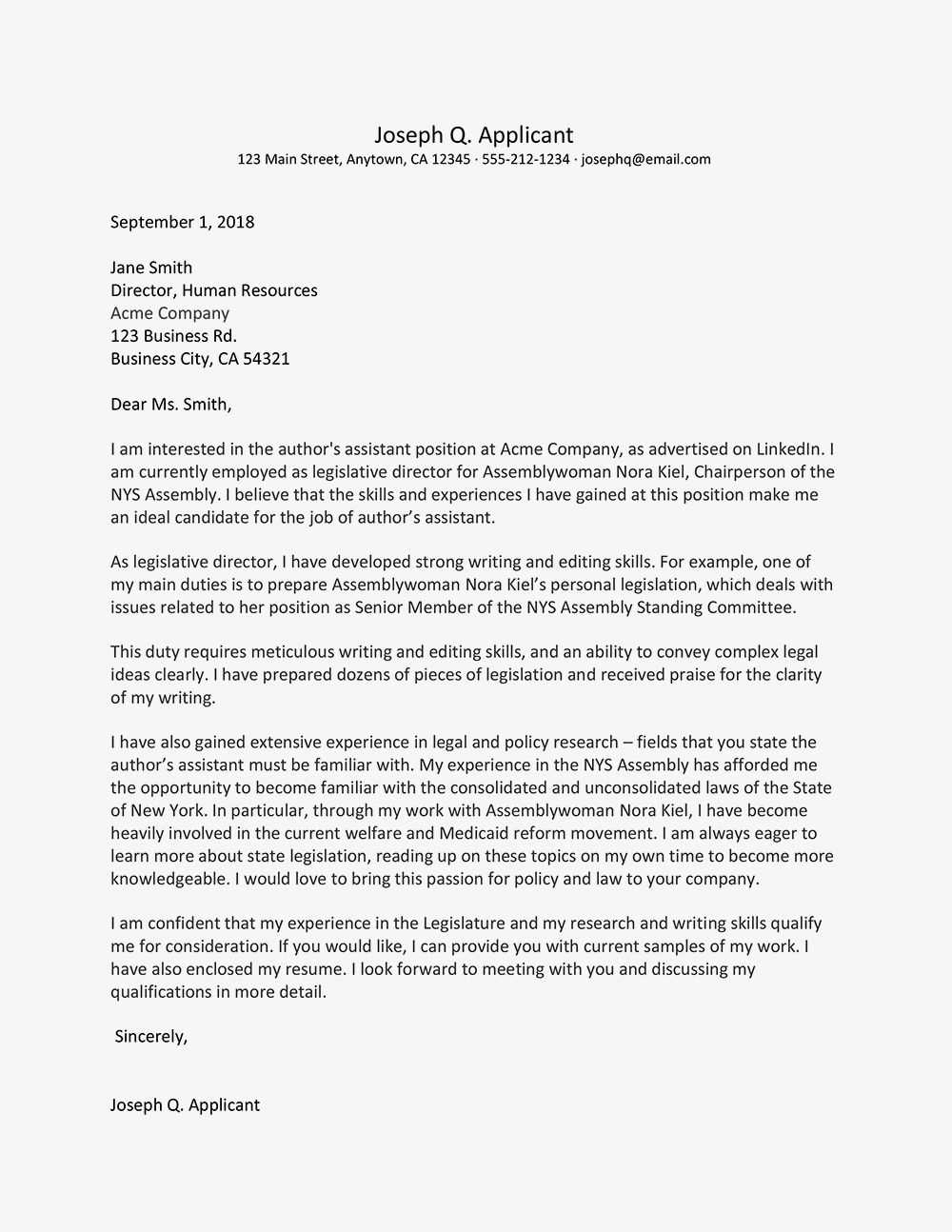
Once you understand the job requirements, emphasize the skills and experiences that directly apply. Tailor your content to demonstrate how your qualifications match the position’s needs, and use specific examples that showcase your success in similar roles. This will give the employer a clear understanding of your potential contribution to their team.
Avoid Common Mistakes in Applications
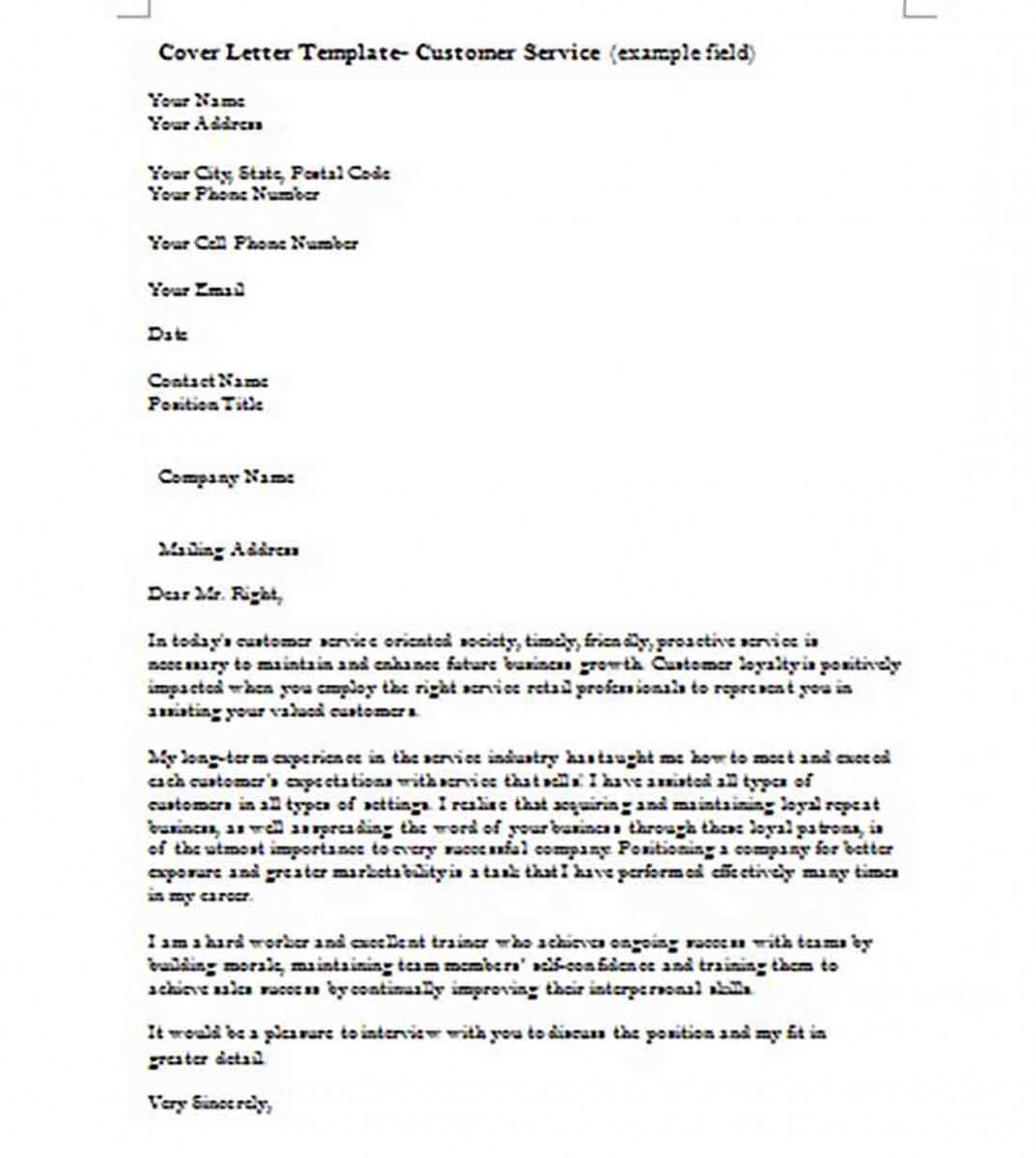
When submitting your job application, it’s essential to avoid certain errors that can diminish the impact of your message. These missteps can make your submission appear careless or unprofessional, which may negatively affect your chances of getting noticed. By recognizing and addressing these common issues, you can ensure that your application leaves a positive impression.
Common Errors to Watch Out For
| Common Mistake | Why It Matters | How to Avoid It |
|---|---|---|
| Generic or Unfocused Content | It shows a lack of effort and doesn’t address the specific needs of the role. | Tailor your content to the job description, emphasizing relevant experiences and skills. |
| Spelling and Grammar Errors | It creates a negative impression of your attention to detail and professionalism. | Proofread carefully or use grammar-checking tools before submitting. |
| Overly Formal or Impersonal Tone | It can make you seem disconnected from the company’s culture. | Adopt a friendly yet professional tone, reflecting the company’s work environment. |
| Failure to Follow Instructions | It suggests you don’t follow directions, which can raise doubts about your reliability. | Always read the application guidelines carefully and follow them precisely. |
Highlighting Skills and Experience Effectively
To stand out in a competitive job market, it’s crucial to present your qualifications in a way that directly aligns with the role you’re applying for. Focus on showcasing the skills and experiences that make you the best fit for the position, emphasizing how your background can contribute to the company’s goals. A well-crafted submission should clearly illustrate your strengths and demonstrate the value you bring to the organization.
Start by reviewing the job description and identifying the key qualifications and skills the employer is seeking. Tailor your message to highlight your most relevant abilities and provide concrete examples of past achievements. By framing your skills within the context of your previous successes, you can provide a compelling case for why you’re the right candidate for the job.
It’s not just about listing skills; it’s about showing how those abilities have led to real-world results. Focus on the impact your work has had in previous positions and use specific examples to highlight your accomplishments. This approach not only demonstrates your capabilities but also illustrates your ability to deliver meaningful outcomes.
Formatting Tips for Professional Appeal
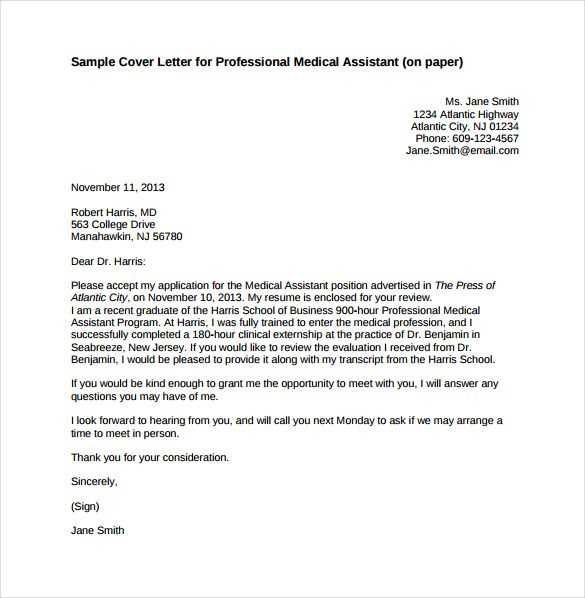
The way you present your application can be just as important as its content. A clean, well-organized format makes it easier for employers to quickly assess your qualifications, ensuring your message is received in the best light possible. Proper structure enhances readability, creates a professional impression, and helps your submission stand out from others.
Here are a few key formatting tips to ensure your application appears polished and professional:
- Keep it concise: Aim for a document length that is easy to read. Generally, one page is ideal for most positions.
- Use clear headings: Structure your content with distinct sections, such as “Introduction,” “Skills and Experience,” and “Conclusion.” This helps guide the reader’s attention.
- Choose a readable font: Select a professional font like Arial or Times New Roman, with a font size between 10-12 points.
- Use proper margins and spacing: Maintain 1-inch margins on all sides and ensure there’s adequate line spacing (1.15-1.5) to keep the text easy to follow.
- Ensure alignment and consistency: Be consistent with your alignment (left or centered) and formatting choices throughout the document.
By following these tips, you can enhance your application’s appearance, ensuring that it reflects both your professionalism and attention to detail.